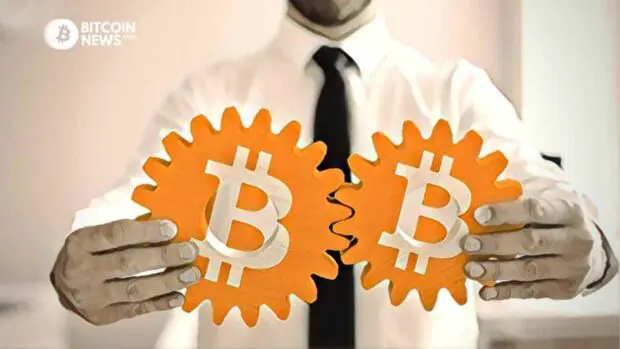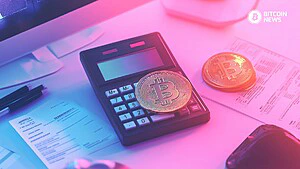You might have heard of Bitcoin change addresses and wonder what it means for your Bitcoin transaction.
In this guide we will explain what are change addresses are. Change addresses are a feature of Bitcoin that allow users to transact using exact amounts, even if the transaction isn’t the total amount of the output being spent.
It’s similar to when people transact with cash. If the buyer pays with a $50 bill, but the thing he buys cost $35, he will receive $15 in change back. In Bitcoin, the difference between the total amount paid and the total transaction cost is sent back to the user as change using a change address.
How do change addresses work?
To understand change addresses, we’ll need to explain how Bitcoin transactions work. Then, we’ll get into change addresses and their role in the transaction process.
Every Bitcoin transaction is made up of at least one input and output. Inputs and outputs are how the breakdown or denomination of Bitcoin happens as funds are transacted across the network.

Inputs are the existing funds you use when sending a transaction. Outputs are on the receiving side.When the funds you send come out on the receiving end of a transaction, they are now called outputs. From one transaction to the next, each input is the output of a previous transaction.
To explain inputs and outputs a bit more, let’s use a currency like US dollars as an example. Say you buy something for $20 and pay the the seller with a $20 bill. Later that day, the seller who accepted your $20 leaves work to go buy some dinner. He pays the restaurant with the same $20 that you gave him. Going back to your transaction, the $20 was your output and the seller’s input. In the dinner transaction, the $20 was the merchant’s output and the restaurant’s input.
Now, what if your purchase doesn’t cost $20, but it costs $15? Since all you have is one $20 bill, you can’t pay exactly $15, right? In that case, you’d pay with the $20 bill, and the seller will give you a $5 bill as your change.
Switching gears back to Bitcoin, change plays a similar role like we explained with the $20 used for a $15 purchase. When you use an input that is worth more than the transaction cost, the extra funds are sent back to you as change through a newly generated address (as opposed to you receiving it to the same address you sent from). This is called your change address.
How do change addresses appear in my transaction history? When you send funds, your change addresses are generated by your wallet, but you won’t see separate transactions in your transaction history for receiving your change; it’s included in the original sending transactions as a second output.
You can view your change address for any given outgoing transaction by clicking on your transaction history. Then, expand the specific transaction to view extra details.
Of course, there are times when your transaction may not need a change address. If you end up spending the exact balance of an input, then you won’t need change (just like how, if you bought something from a seller for $20, then the seller wouldn’t have to give you change for your $20 bill).
Want to go deeper down the rabbit hole? Check our article on UTXOs:










